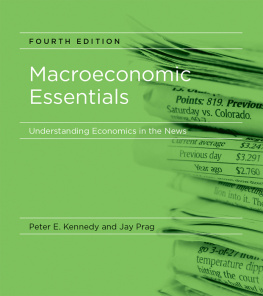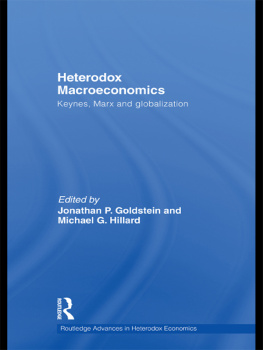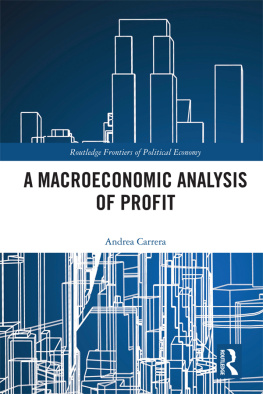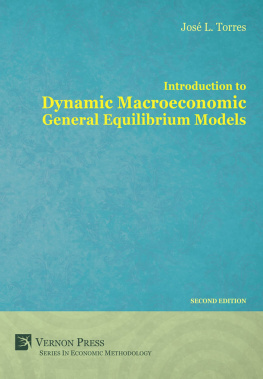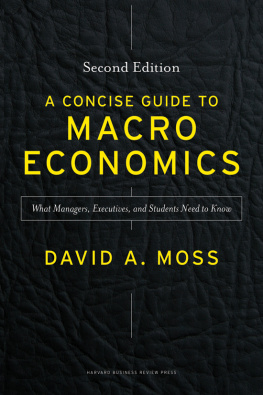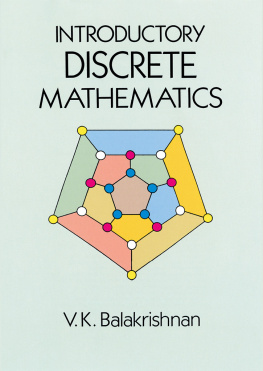Macroeconomic Essentials
Understanding Economics in the News
fourth edition
Peter E. Kennedy and Jay Prag
The MIT Press
Cambridge, Massachusetts
London, England
2017 Massachusetts Institute of Technology
All rights reserved. No part of this book may be reproduced in any form by any electronic or mechanical means (including photocopying, recording, or information storage and retrieval) without permission in writing from the publisher.
This book was set in Times LT Std by Toppan Best-set Premedia Limited. Printed and bound in the United States of America.
Library of Congress Cataloging-in-Publication Data
Names: Kennedy, Peter, 19432010, author. | Prag, Jay, author.
Title: Macroeconomic essentials : understanding economics in the news / Peter E. Kennedy and Jay Prag.
Description: Fourth Edition. | Cambridge, MA : MIT Press, [2017] | Revised edition of late Peter E. Kennedys Macroeconomic essentials, c2010. | Includes index.
Identifiers: LCCN 2016046172 | ISBN 9780262533348 (pbk. : alk. paper)
eISBN 9780262339421
Subjects: LCSH: Macroeconomics. | Economic policy.
Classification: LCC HB172.5 .K457 2017 | DDC 339--dc23 LC record available at https://lccn.loc.gov/2016046172
ePub Version 1.0
d_r0
Preface
This book was written to provide instructors with an introductory text suitable for teaching students practical macroeconomics useful for interpreting macroeconomic commentary found in the business section of newspapers. The earlier editions success indicates that many instructors are unhappy with the encyclopedic approach of traditional textbooks, with their emphasis on technical matters and lack of attention to real-world applications. Some instructors used earlier editions as a text for a regular principles of macroeconomics class, some used it for an applied course following a traditional macro-principles class, some used it as a supplementary text for a traditional macro-principles course, and some used it as a text for an MBA macroeconomics course. All used it to produce students capable of interpreting media commentary on the economy.
Still, students find this book much more challenging than traditional macroeconomics textbooks. Although the body of the text is easy to read, answering the end-of-chapter questions requires a thorough understanding of related macroeconomic concepts, good problem-solving skills, and an ability to connect to the real world. In contrast, traditional texts typically have end-of-chapter questions that do not connect to the real world; they ask students to fish through the text to find an answer or work through technical exercises involving shifting curves on diagrams. In my experience the top half of a typical principles of macroeconomics class loves the way this book connects to the real world and challenges their thinking skills, but the bottom half of the class is very unhappy because the students usual strategy of memorizing things at the last minute does not work.
This fourth edition maintains the three distinguishing features of the earlier editions: it is concise, nontechnical, and applied. It should continue to appeal to instructors and students swamped by the encyclopedic approach of traditional principles of macroeconomics texts, to instructors teaching mainly business students interested in relevance, and to instructors teaching a policy- or applications-oriented macroeconomics course.
Why and how is this book concise? Educational psychologists have been telling instructors for years that it is better to teach students a small amount of important material well than to cover a large amount of material less thoroughly. Accordingly, this book concentrates on the important concepts of macroeconomics, forgoing pages of supplementary material that is interesting and useful but not essential. This book summarizes the essentials that students need to know, as well as providing numerous examples of applications.
Why and how is this book nontechnical? What do we want our students to be able to do on completing their macroeconomics course, manipulate a 45-degree line diagram and derive the multiplier or interpret and evaluate media commentary on the economy? I am not alone in believing that for many students the latter is preferable, and that in terms of meeting this latter goal there is a high opportunity cost associated with pressing students to learn algebraic and graphical derivations. Only graphs with exceptional pedagogical value, such as the aggregate-supply/aggregate-demand diagram and its alter ego, the Phillips curve, are employed in this book. This less technical approach does not mean a loss of rigor, however. A different kind of rigor appears, involving critical thinking skills, which most students find very challenging.
Why and how is this book applied? Although those seeking a degree in economics need to become conversant with the technical skills and theoretical nuances of professional economists, it is not necessary that these dominate introductory courses where many students are not committed economics majors and the opportunity cost is high. This is even more the case for business-oriented students. The application orientation of this text is accomplished by providing hundreds (more than 700!) of two- or three-sentence newsclips, all but a few based on actual news reports, as illustrations or student exercises. Much can be learned from working through these clippingsinstitutional facts, policy nuances, common misunderstandings, perspective on magnitudes, alternative viewpoints, and political realities, as well as how theoretical concepts are applied.
Chapter 1 describes what readers will find in this text, but several features should be emphasized.
- Do not be fooled by the nontechnical flavor of the book. The material is intellectually demanding and is presented at a high conceptual level necessary for successful interpretation and evaluation of media commentary. Some challenging topics, such as real versus nominal interest rates and international phenomena, are given much more emphasis than in traditional texts because they play such a prominent role in media interpretation.
- Some of the most common technical material has made its way into the text through optional end-of-chapter appendixes. Appendixes 5.3 and 5.4 explain the 45-degree line diagram and the graphical derivation of the AD and AS curves, for example.
- To smooth exposition, in each chapter we have set some material aside in boxed areas called curiosities. These are short expositions of important related topics. They should be considered integral parts of the chapter.
- Each chapter ends with examples of news clippings and answers to related questions, followed by several exercises based on newsclips. Many chapters also have a set of numerical exercises asking students to test their understanding of concepts by calculating their implications in terms of numerical examples. To aid independent study, answers to all even-numbered questions are provided in appendix B.
- Some end-of-chapter questions are easy, but many can be quite difficult, primarily because newsclips seldom announce the macroeconomic concept relevant to their interpretation and journalists never spell things out as completely as textbooks do. When students complain about this I respond by saying, Welcome to the real world! In this edition I have separated out the more challenging end-of-chapter questions to make it easier for instructors to tailor the book to their students needs. And as in earlier editions, I have given even numbers to questions that are such that having answers available (in appendix B) is pedagogically the right thing to do.
There are several major changes in the fourth edition.

